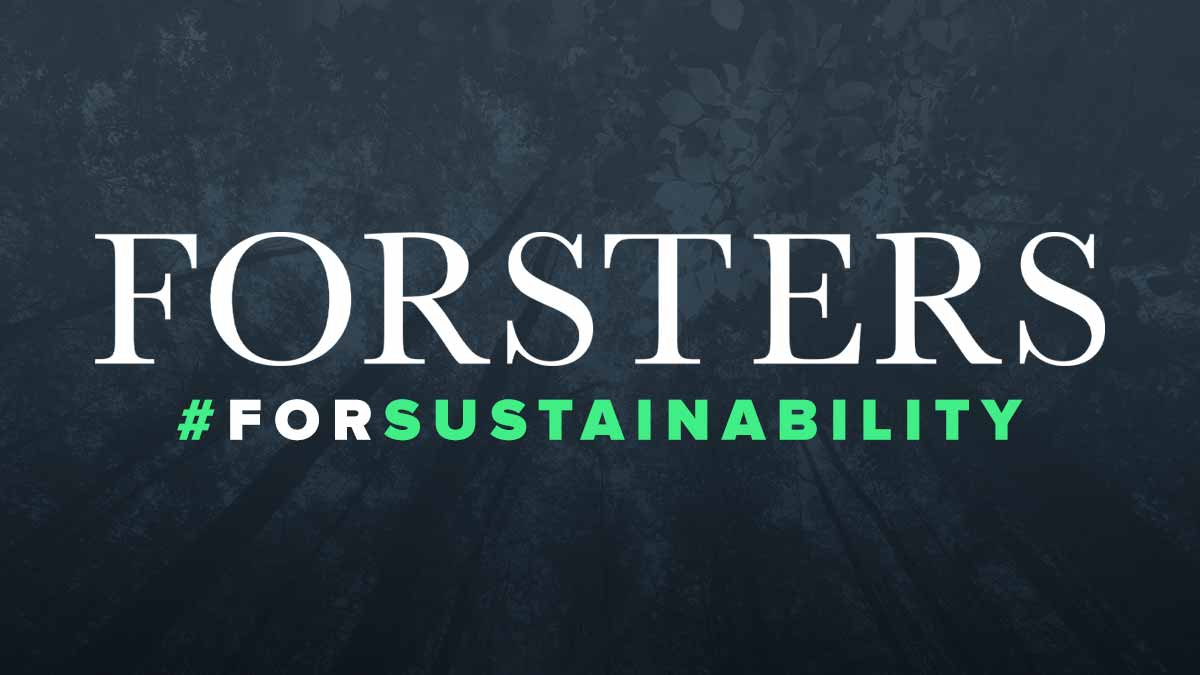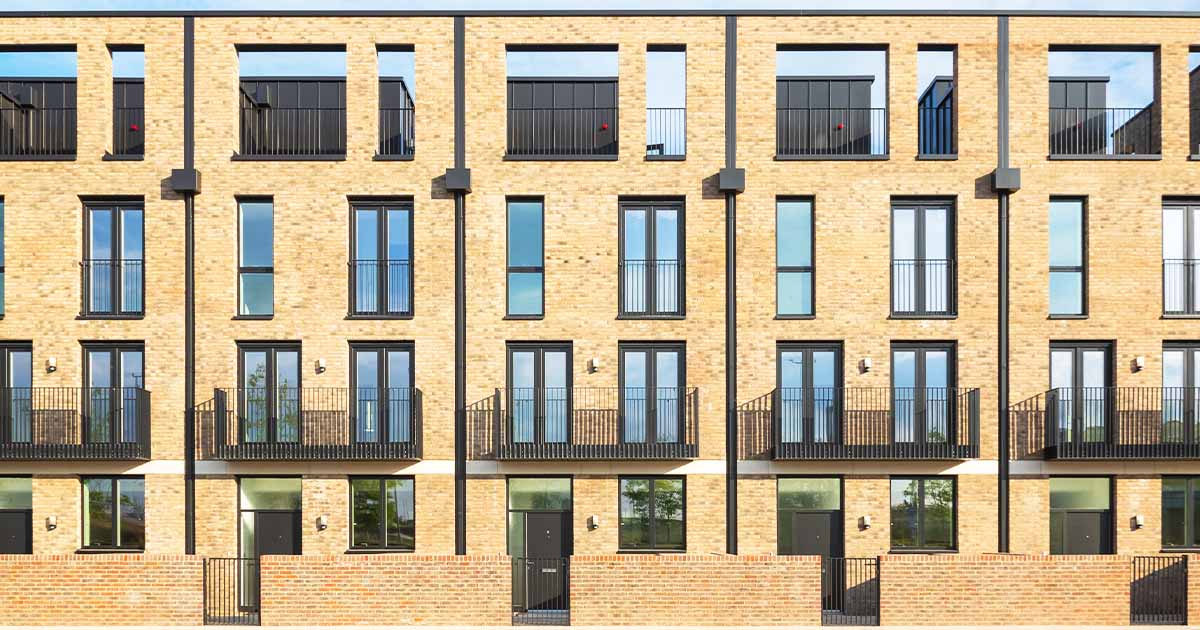Whole life carbon footprint of buildings

Whilst much of the focus on the decarbonisation of the built environment has been on owners and occupiers working together to reduce the operational carbon footprint of buildings (see our Green Lease Playbook), alongside this, we are increasingly hearing about the importance of addressing embodied carbon – the other key factor in establishing the total carbon footprint of a building.
What is operational carbon?
Operational carbon is a building’s in-use carbon load. It is the combined emissions used by landlords in managing their assets and by tenants in occupying them – the heating, cooling, lighting, ventilating and powering of a building.
What is embodied carbon?
Also known as embedded carbon, embodied carbon is the amount of carbon generated in the process and supply chain involved in producing a built asset i.e. the emissions produced in the construction and development of a building.
Elements contributing to the embodied carbon footprint might include preparatory site works, the extraction, manufacture and delivery of building materials and the carrying out of the construction and infrastructure works themselves as well as any works of repair, replacement and maintenance. One methodology for calculating embodied carbon also includes the emissions resulting from the decommissioning of a building at the end of its lifecycle.
Assessments of how much embodied carbon contributes to a building’s total carbon footprint vary within the range of 10 – 50%. It is important to recognise that, unlike operational carbon footprints, which can be improved over time through the implementation of enhanced energy efficiency measures, embodied carbon footprints are irreversible. As measures to reduce operational carbon in the built environment are becoming increasingly widespread and effective, this means that the proportion of the total carbon footprint attributable to embodied carbon is only likely to increase.
Requirements under The London Plan
The London Plan sets out a requirement for developments to calculate and reduce Whole Life Cycle Carbon emissions. This only applies to planning applications which are referred to the Mayor, however the assessments are encouraged for all major applications. Consultations on both the guidance and template, to be used in assessing the emissions, closed in January 2021.
Planning applications will be expected to use the guidance and assessment template once the final document is prepared, expected in the summer of 2021. It has been indicated that the post-construction reporting of the Whole Life Cycle Carbon Assessments will be secured by planning conditions.
The bigger picture
London is leading the way with assessments of Whole Life Carbon as part of the planning process, which is not currently applicable elsewhere in the UK. It remains to be seen whether these assessments will be incorporated into the changes to the planning system recently announced and will become applicable to other areas of the country. Accordingly, early consideration of embodied carbon at the design and build stage of a development, including whether the repurposing of existing structures is a viable option, together with the implementation of measures such as commitments to using only renewable, recycled and recyclable materials and sustainable procurement methods, will be crucial in the continuing drive towards net zero.
Context Embodied Carbon in Construction Calculator (EC3)
If you are looking at developing new sites and want to make assessments on the project’s overall embodied carbon emissions the EC3 tool may be a useful tool. EC3 was created by nearly 50 construction and property industry partners, and is a free open-source tool that uses building material quantities from construction estimates, BIM models and a database of digital, third-party verified Environmental Product Declarations (EPDs). The tool can be used in the design and procurement phases of projects and already has 10,000 users.
https://www.buildingtransparency.org/
A PDF copy of the article above is also available to download here.
Victoria Towers is a Partner and Miri Stickland is a Knowledge Development Lawyer in our Commercial Real Estate team. Sophie Smith is an Associate in our Planning team.
Our Sustainability Hub
Our sustainability hub brings together the team’s insights and legal expertise on a broad range of environmental matters that affect our clients’ business and personal affairs. This is a rapidly evolving and wide-ranging area of law and we will continue to share our insights about related legal developments on this hub.





